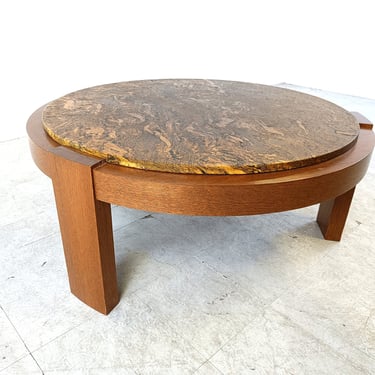
Brutalist tripod coffee table, 1970s - brutalist coffee table - slate coffee table - wood ...

Brutalist tripod coffee table, 1970s - brutalist coffee table - slate coffee table - wood and stone table THE SHOWN SHIPPING RATES ARE ONLY ESTIMATES, ...
$$$$$ · Indexed January 1, 2025 · Source
etsy.com
Content may be subject to copyright. Terms of Use
Vintiques
Leuven, Belgium
Still looking? Try a search.
